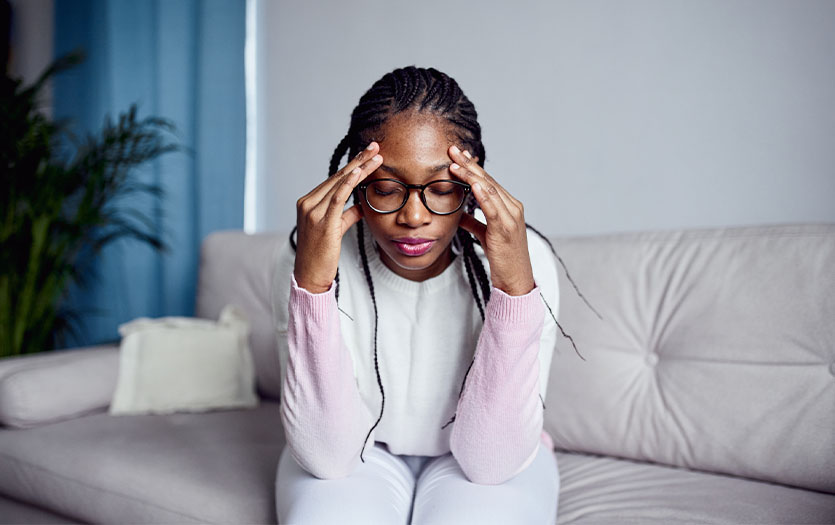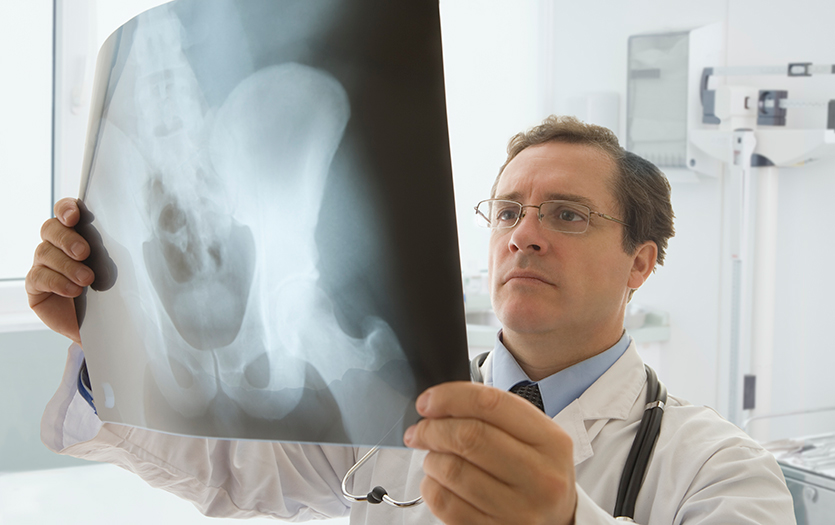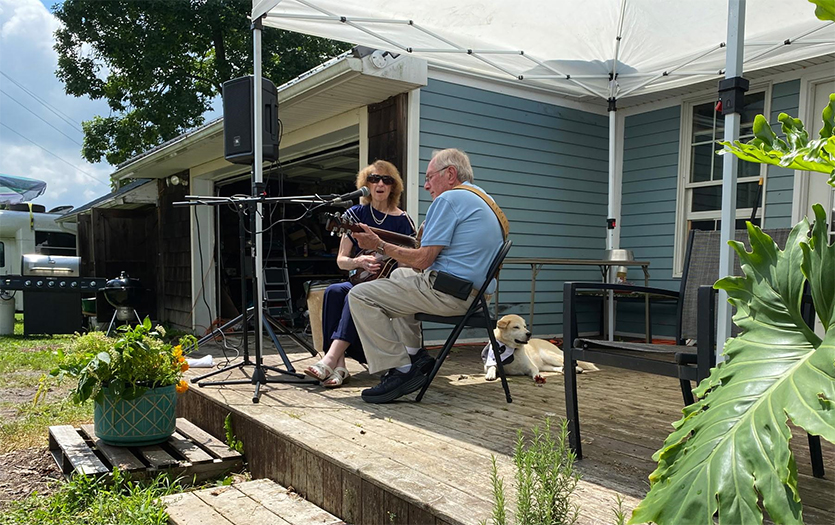
This post was written based on an appearance by Christopher Vachon, MD, Parkview Neurology, on the program PBS HealthLine.
According to the Centers for Disease Control and Prevention (CDC) every 40 seconds someone in the United States has a stroke. Would you know how to recognize the signs of a stroke? Do you know how to help someone who is having a stroke? When it comes to these neurological events, time is of the essence and the faster the individual receives medical attention, the better their recovery potential. That’s why it’s important for everyone to know how to recognize the signs and to learn about strokes, their treatment and recovery.
What is a stroke?
A stroke occurs when something blocks blood supply to part of the brain or when a blood vessel in the brain bursts. A bleeding stroke is called a hemorrhagic stroke, and one resulting from a lack of blood flow from a clogged or collapsed blood vessel is called an ischemic stroke.
How to detect a stroke
There’s a saying in neurology that “time is brain,” and the sooner a person receives stroke treatment, the more of their brain cells can be preserved. To recognize the signs of a stroke, use the acronym BE FAST.
Balance – Loss of balance, loss of coordination or severe dizziness
Eyes – Blurry, double or loss of vision in one or both eyes
Face – Uneven or drooping smile, numbness of face
Arm – Weakness, numbness or paralysis, especially on one side of the body
Speech – Slurred speech, difficulty talking or understanding
Time – Call 911 right away
What should you do as a bystander if you suspect someone is having a stroke?
The best thing you can do as a bystander is to get the affected person medical treatment as soon as possible. Call 911 right away or drive them to a hospital. A nonclinical person is unable to provide any intervention, other than alerting first responders and/or medical professionals. The sooner the patient can get in front of a physician and get a scan of the brain, the sooner a neurologist and an emergency room physician can work together to try and deliver the best care possible.
What is the treatment for stroke?
A patient suspected of having a stroke will receive a CT scan so physicians can get a better picture of what type of stroke it is and what part of the brain is being affected. Then, depending on the scenario, physicians might offer one of two acute treatments.
The first is a clot-busting medication that can be used if the patient arrives at the hospital within four and half hours of the onset of symptoms. This isn’t an option for all patients, as it might interact negatively with other drugs the patient is taking, such as blood thinners.
The second treatment option is procedural. If there is evidence of a clot low enough in the blood vessel tree, then an interventional radiologist might consider a procedure where they put a catheter through a blood vessel in the groin which goes up into the brain inside the blood vessel. They can then attempt to remove the clot or blockage and try to restore blood flow to the area of the brain that's deprived.
How well do people typically recover from a stroke?
Unfortunately, when a stroke happens, the injury to the nerve cells in the brain is irreversible. However, the brain is like a complex circuit board with lots of different connections. When a few connections are disrupted from a stroke, there are still a lot of healthy nerve cells in the brain that can pick up the slack from those that no longer function. That can lead to symptom improvement over time with the right therapies.
Stroke recovery is very dependent on the extent of the damage done by the stroke and its location in the brain. If a smaller area of the brain were affected, a patient might make nearly a full recovery without any residual symptoms by six months post-stroke. However, if a larger area of the brain were affected, neurologists would expect to see more gradual improvement, especially with physical, occupational and speech therapies. However, after a significant stroke, patients might find that their new baseline is not quite where they were before the stroke happened.
Who is at higher risk for stroke? Can they be prevented?
As we age, our brains’ blood vessels see more wear and tear, which makes everyone susceptible to stroke, although men tend to be affected slightly more than women. However, there are certain medical conditions and lifestyle choices that also increase your risk for stroke.
The main four risk factors are:
To lower your risk of stroke, it’s recommended that you work to reduce your risk factors, with your providers and through lifestyle changes.
If you’ve already had a stroke, your medical team will work to find out what caused it so they can help you reduce your risk and prevent a stroke from happening again through therapies, treatments and lifestyle changes. It could be beneficial for you to attend one of Parkview’s Stroke Support Group meetings to find additional connections and resources.



